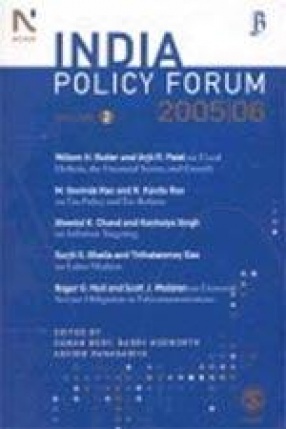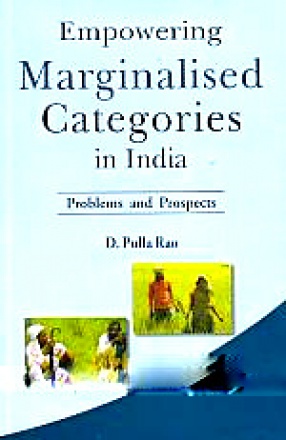India is not only the world’s largest and most fiercely independent democracy; it is an emerging giant economy. Within the democratic structure, it has experimented with a wide range of economic policies during the past sixty years. However, there is no comprehensive account of policy making and the role these policies played in determining the course of the economy. India: the emerging giant fills this crucial gap in our understanding of one of the most remarkable experiments in economic development. In the 1950s India was seen as a rising star among developing countries, but by the mid-1960 it began to show clear signs of fatigue. By 1980 it came to be regarded as a "basket case." Per-capita incomes during these thirty years grew less than 1.5 percent per year with virtually no reduction in the proportion of the population living below the poverty line. Growth finally began to accelerate in the early 1980s and picked up further in the latter part of the decade. In the twenty years since, per-capita incomes have risen approximately 4.5 percent per annum and the proportion of poor people living below the poverty line has been cut by one-third. Even more dramatically, per-capita incomes have risen over 6 percent in the last four years. Why did the early promise of the Indian economy not materialize, and what led to its eventual turnaround? What policy initiatives have been undertaken in the last twenty years, and how do they relate to the upward shift in the growth rate? What must be done to push the growth rate to double-digit levels? These are some of the key questions addressed in this book.
India: The Emerging Giant
In stock
Free & Quick Delivery Worldwide
Bibliographic information
Title
India: The Emerging Giant
Author
Edition
1st ed.
Publisher
Oxford University Press, 2008
ISBN
0195315035
Length
xxx+514p., Tables; Figures.
Subjects








There are no reviews yet.